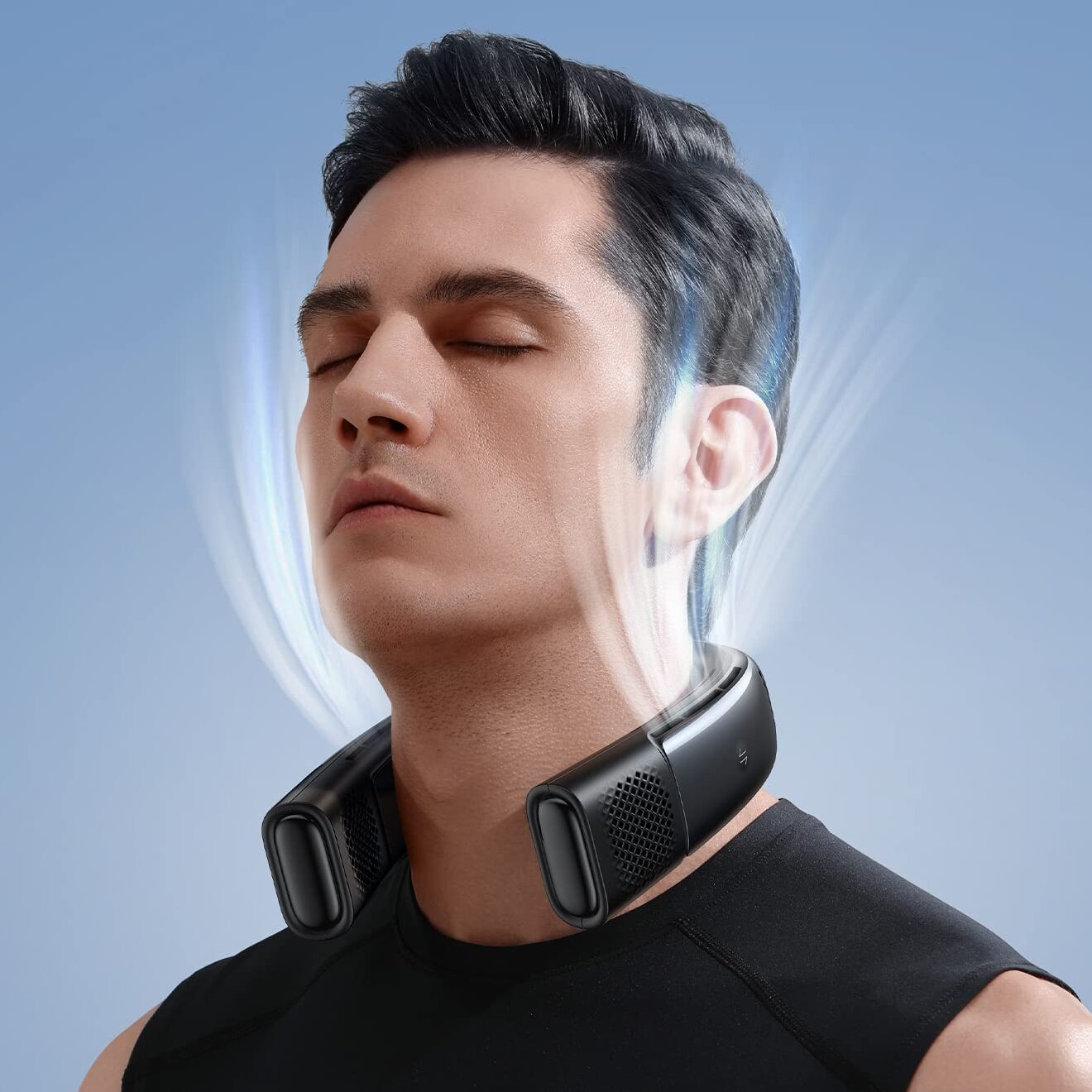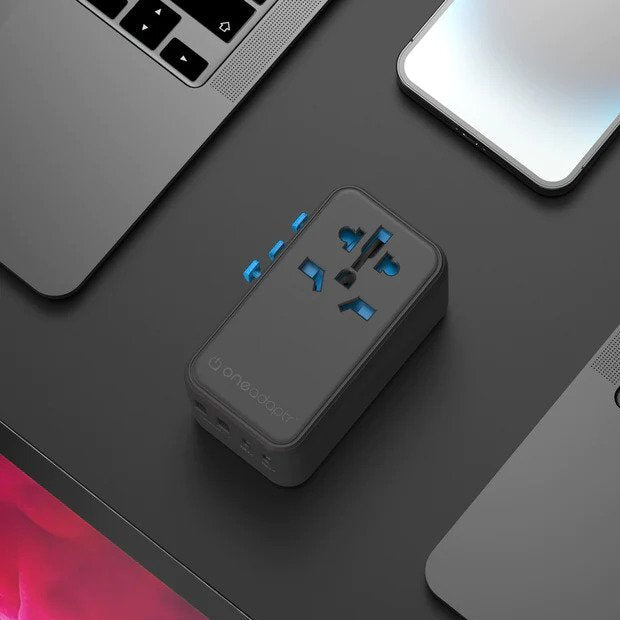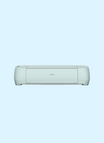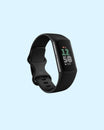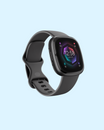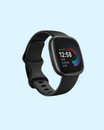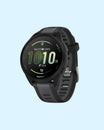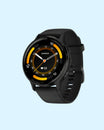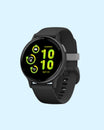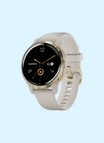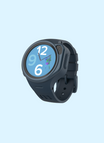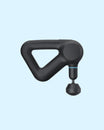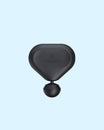Samsung S85D vs LG C3
Elisabeth Christ
Updated September 2024

When comparing the Samsung S85D and LG C3 OLED evo, it's clear both models push the boundaries of premium TV performance. Each brings something different to the table, from Samsung's sleek contour design to LG's class-leading OLED technology. Both are packed with features that enhance gaming, movie watching, and everyday use. This comparison dives deep into the design, display, gaming, and sound aspects to see which one aligns best with your home entertainment needs. Whether you're a casual viewer or a gaming enthusiast, both models have plenty to offer.
Key Takeaways
The Samsung S85D impresses with its sleek design, cloud gaming options, and solid 4K HDR performance. However, LG C3 OLED evo takes the lead in HDR optimization, color accuracy, and sound orchestration, offering Dolby Vision and better integration with smart home devices. Gamers will find both TVs responsive, but LG's gaming optimizer and input lag outperform Samsung's already excellent offerings. Connectivity is strong for both, with Samsung excelling in SmartThings integration and LG in AirPlay and voice assistant compatibility.


Samsung S85D OLED TV
Entry-level OLED with Excellent Picture Quality
✓ Slim and stylish design
✓ Object Tracking Sound Lite & Dolby Atmos
✓ NQ4 AI Gen2 Processor
✓ 120Hz native refresh rate

LG C3 OLED evo TV
Mid-range OLED TV with Advanced Brightness
✓ Slim bezel
✓ Dynamic Tone Mapping Pro
✓ WebOS 23 smart TV interface
✓ α9 AI Processor 4K Gen6
#1 Design and Build Quality

LG C3 OLED evo TV
The Samsung S85D impresses with its flowing, ultra-slim contour design that seamlessly integrates into any modern living room. With its wave-inspired aesthetic and curved rear panel, it embodies elegance and minimalism. The SolarCell One remote adds a touch of sustainability, charging via indoor light, while the feet on each edge of the TV provide stability without detracting from the sleek appearance. Meanwhile, the LG C3 OLED evo maintains a similarly minimalist approach but with a lightweight composite fiber build that makes it easy to handle. Its slim bezels and center-mounted aluminum stand give it a more traditional but polished look. Both TVs exhibit craftsmanship that balances sophistication with functionality.
While Samsung leans into a futuristic design language, LG keeps things simple yet refined. The S85D’s contour detailing sets it apart as more avant-garde, while the C3’s lighter frame and magic remote with built-in mic offer a slightly more practical advantage. Ultimately, both designs are eye-catching in their own way, but the choice may come down to which style suits your living space best—Samsung’s modernist approach or LG’s streamlined finesse.
#2 Image Quality and Display Features

Samsung S85D OLED TV
Samsung’s S85D employs a traditional WOLED panel, offering deep blacks and vivid colors that are bolstered by its NQ4 AI Gen2 Processor, which uses 20 neural networks to upscale 4K content impressively. The inclusion of Pantone-validated colors ensures a high level of color accuracy, making it ideal for watching movies and TV shows in their true visual form. HDR support for HDR10, HDR10+, and HLG, combined with the lack of Dolby Vision, makes Samsung a strong but slightly limited contender in the HDR category.

LG C3 OLED evo TV
On the other hand, the LG C3 OLED evo pulls ahead with its OLED Dynamic Tone Mapping Pro, which divides the screen into 20,000 blocks for optimal real-time adjustments, resulting in sharper and more dynamic HDR content. LG’s support for Dolby Vision, HDR10, and HLG gives it a more comprehensive HDR offering. With an α9 AI Processor 4K Gen6 and a 98.9% DCI-P3 color gamut, it excels in producing vibrant, lifelike colors, even in brightly lit rooms. Whether it’s daytime viewing or cinematic night scenes, the LG C3 feels more versatile in varying light conditions.
#3 Gaming Performance

Samsung S85D OLED TV
For gaming enthusiasts, the Samsung S85D shines with its Motion Xcelerator Turbo technology, enabling smooth 4K120Hz gaming with low input lag. It also boasts the Samsung Gaming Hub, which integrates Xbox Cloud Gaming, offering a seamless gaming experience without the need for a console. FreeSync Premium Pro further reduces screen tearing, ensuring a stutter-free gaming session. Samsung’s Game Bar allows easy access to game settings, while Auto Game Mode adjusts performance parameters through AI, making it ideal for serious gamers who want top-tier motion clarity.

LG C3 OLED evo TV
LG C3 OLED evo, on the other hand, steps up with FreeSync Premium Pro and Nvidia G-Sync compatibility, further enhancing its appeal to hardcore gamers. Its Game Optimizer mode lets you access game-specific settings, including VRR (Variable Refresh Rate) and Black Stabilizer, from a dedicated Game Dashboard. With a remarkable 9.2ms input lag, LG proves its worth in responsiveness, allowing for an ultra-fast gaming experience. While Samsung offers cloud gaming options, LG’s focus on optimization settings gives gamers more granular control.
#4 Sound Quality

Samsung S85D OLED TV
Samsung’s S85D is equipped with Object Tracking Sound Lite and Dolby Atmos, creating a more immersive audio experience. Its adaptive sound adjusts the audio output based on the room's acoustics, and with 2 x 20-watt built-in speakers and 8 total drivers, it delivers a powerful soundstage. The speaker setup provides clarity but might lack some depth, especially in the lower frequencies, leaving some users wanting more bass for an even richer sound experience.
LG C3 OLED evo takes a different approach with its 2.2-channel speaker system, also supporting Dolby Atmos and DTS. The AI Sound Pro feature upscales stereo audio to create a fuller, surround-sound-like effect. Its newly introduced Wow Orchestra feature integrates the TV’s speakers with LG soundbars for a more immersive soundscape. While it doesn’t boast the bass-heavy punch, the overall sound clarity and audio upscaling make it a strong contender in audio performance. Both TVs excel in delivering clear, immersive sound, though LG offers better upscaling and orchestration capabilities when paired with additional equipment.
#5 Additional Features and Connectivity

LG C3 OLED evo TV
Samsung’s S85D smart platform runs on Tizen, offering over 800 free channels through Samsung TV Plus. It also supports multi-view, which allows users to watch content side-by-side with their mobile devices, making it convenient for multitaskers. In terms of smart home integration, the S85D is compatible with Samsung SmartThings, turning your TV into a hub for managing your home’s IoT devices. With four HDMI 2.1 ports supporting 120Hz and ALLM, the connectivity is robust, though it lacks some of the Apple ecosystem features LG offers.
The LG C3 OLED evo utilizes webOS 23, which introduces features like Quick Cards to organize apps by theme. LG’s inclusion of AirPlay 2, built-in Alexa, and compatibility with Siri and Google Assistant make it a versatile option for smart home integration. Its support for Dolby Vision and QMS (Quick Media Switching) offers an edge for users who frequently change between content with different frame rates. While both TVs offer excellent connectivity options, LG’s superior integration with external ecosystems may appeal to users who are deeply embedded in Apple or Google ecosystems.
Samsung S85D vs LG C3
Final Thoughts

Samsung S85D vs LG C3
The Samsung S85D and LG C3 OLED evo are both outstanding TVs that cater to a broad range of users. If you're seeking a sleek design with a unique aesthetic and cutting-edge gaming features, Samsung might be the better fit. However, for those who prioritize color accuracy, dynamic HDR content, and integration with smart home ecosystems like AirPlay and Google, the LG C3 OLED evo edges ahead. Both models are strong contenders, but the LG C3 OLED evo seems more versatile across a wider variety of use cases.
If you like to read more about Smart TVs, check out our other relevant guides here:
TCL QM8 vs Samsung QN90C
TCL QM8 vs Samsung QN90B
TCL QM8 vs Hisense U8N
TCL QM8 vs Hisense U8K
TCL Q6 vs Q7
TCL QM8 vs Q7
Author

Elisabeth Christ
Don't miss out on tech
Subscribe to our newsletter to stay up to date on the latest tech trends and guides on the best gadgets around.

